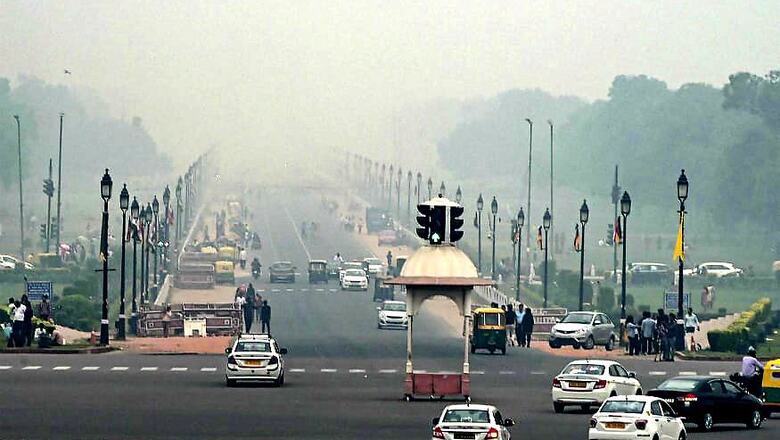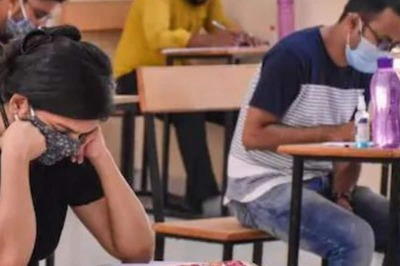
views
New Delhi: More than 70 per cent of the air quality monitoring stations in the country are not meeting the requirement of collecting data of at least 104 days a year, a new report has said.
The report 'Breathing Space: How to track and report air pollution under the National Clean Air Programme' was released at the Centre for Science and Environment's (CSE) Annual Media Conclave held in Nimli, near Alwar by Bhure Lal, chairperson, Environment Pollution (Prevention and Control) Authority (EPCA).
"There is poor data capture for reporting air quality trends in India. Manual monitors require at least 104 days of monitoring, which is 28.5 per cent of the days in a year.
"But CSE's assessment of the latest available manual data for all cities show that as much as 73 per cent of monitoring stations do not meet this requirement," the report said.
The National Clean Air Programme (NCAP) has completed a year, at the end of which 122 non-attainment cities have been asked to reduce particulate pollution by 20-30 per cent by 2024 from 2017 levels.
Anumita Roychowdhury, executive director, research and advocacy, CSE, said "The cities are expected to immediately begin reporting on their annual progress but for that, they must know the methods and standard operating procedures for such reporting. "How will cities know if their pollution levels are rising or declining? This is what our report tries to address."
She said given the "limitation of missing data", India requires methods for addressing data gaps, as other governments do, to meet the legal requirement of air quality trend reporting and compliance, adding that "India has not adopted such methods yet."
According to the report, there is no explicit method for using real-time data which is lot more continuous and voluminous than manual data to establish a long term trend.
"Real-time data is used only for daily reporting of spatial averages against the national air quality index, but that too with a rider that this is the most scientifically sound method," it said.
The CSE said that the pollution curve in Delhi is bending, but a much bigger cut is needed.
"Even after a quarter drop, Delhi still needs cut of 65-75 per cent to meet its PM 2.5 standards. Multi-sectoral action closure of power plants and big industry, natural gas transition across sectors, phase-out of old vehicles, reduction in truck numbers, BS-VI fuels and BS-IV standards, and more, has bent the curve.
"Significantly more disruptive action is needed for clean energy and technology transition, mobility transition and waste management to get the next big cut," it said.




















Comments
0 comment